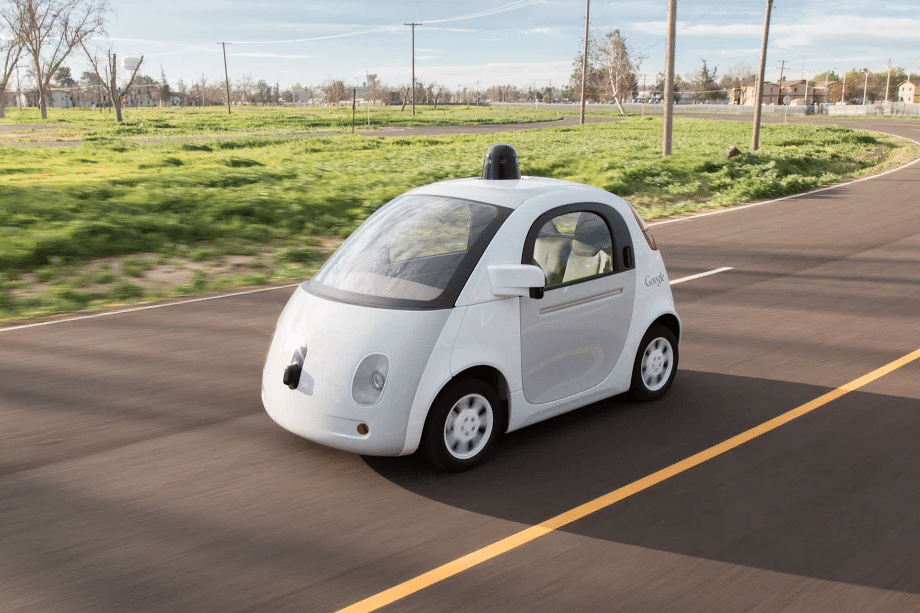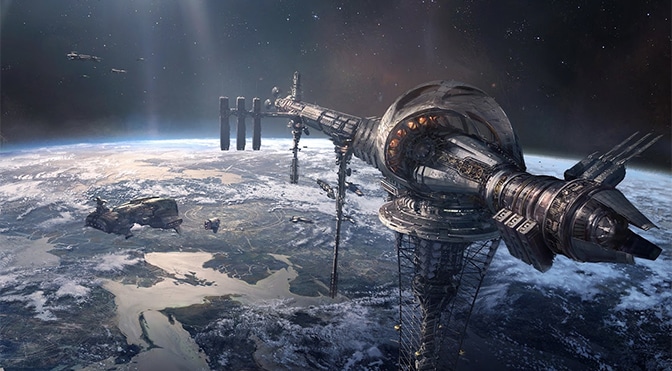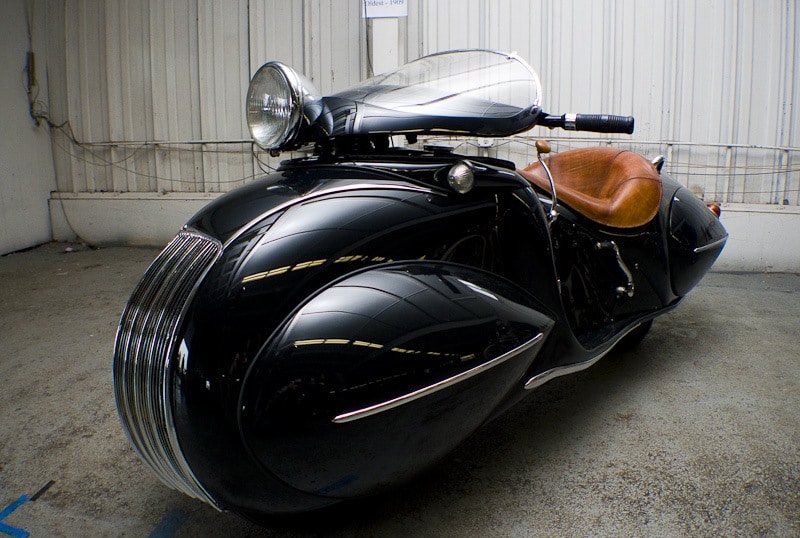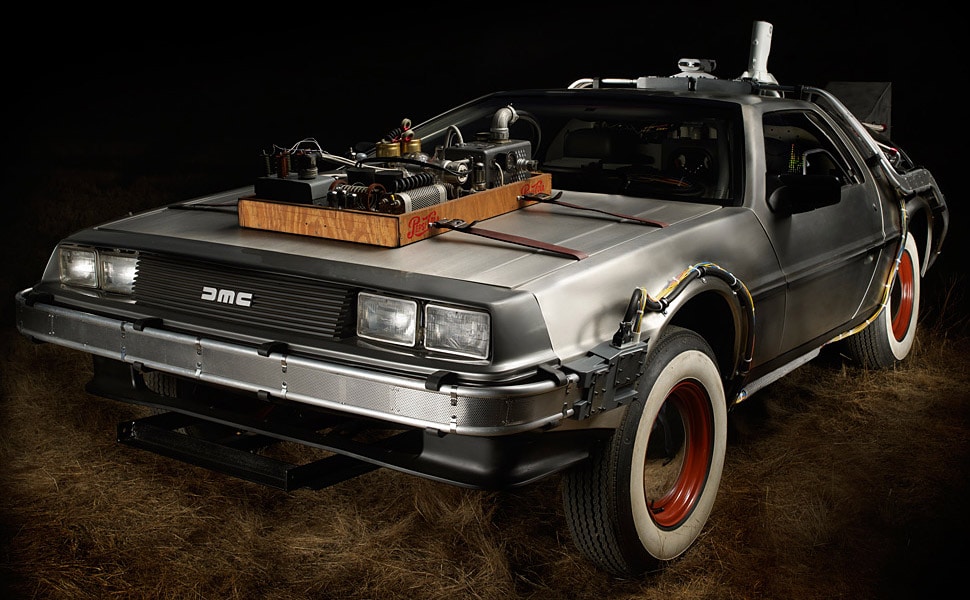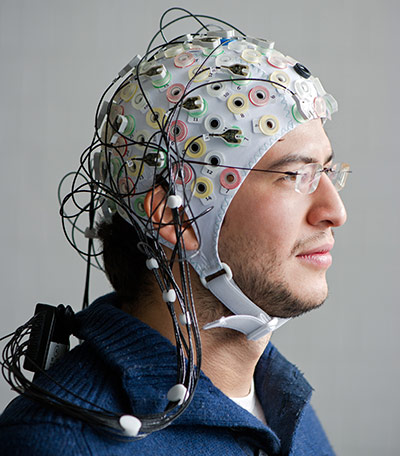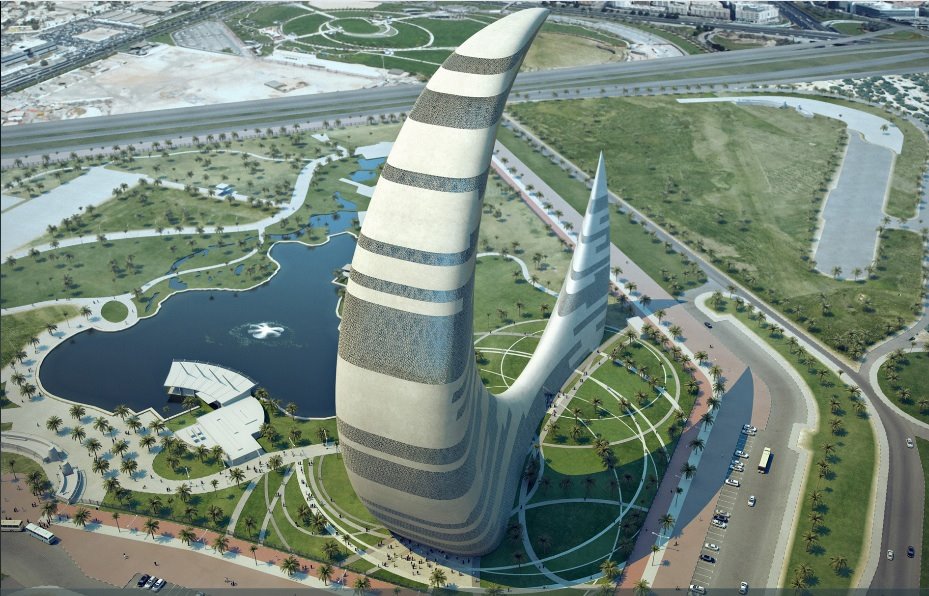Google’s self-driving cars are just a few of the “top secret” projects the mega company has been working on in the past decade. The first working prototype hits the roads this summer to show the world Google’s commitment to the project.
According to The Associated Press, “This prototype is the first vehicle built from scratch for the purpose of self-driving, Google says. It looks like a Smart car with a shiny black bowler hat to hide its sensors, and it can drive, brake and recognize road hazards without human intervention. It has more capabilities than the prototype Google introduced last May, which was so rudimentary it had fake headlights.”
The prototype has been involved in 11 accidents. Though these incidents have been minor, there is clearly more work to be done.
The news of the prototype began Wednesday when Google showed it to the public during a demonstration on its campus in Mountain View, California.
“With 360 degrees of awareness, the self-driving cars are gaining new insights into dangerous driving behaviors, including drifting lanes and red light running,” reports ABC News digital reporter Alyssa Newcomb.
The fascinating aspect to the project is that 20 self-driving cars has gathered an estimated 100,000 miles driving in urban areas.

